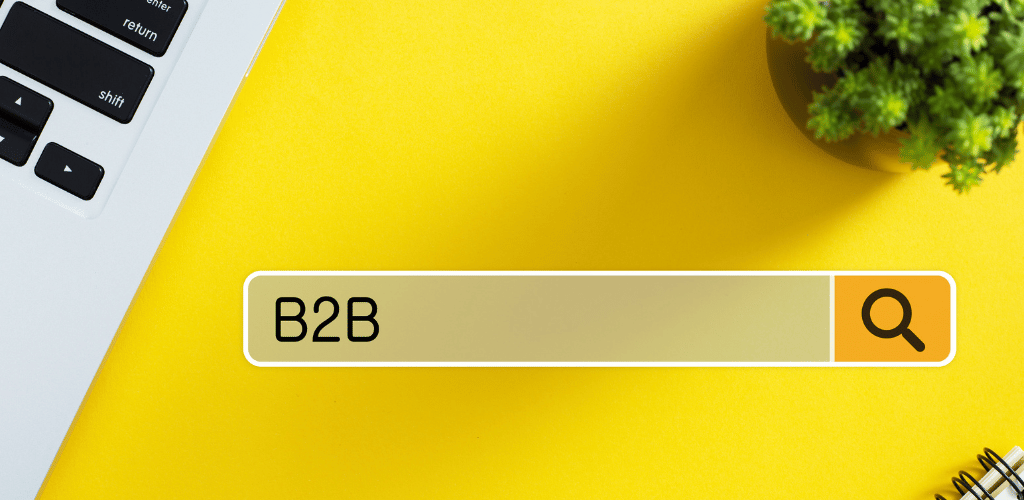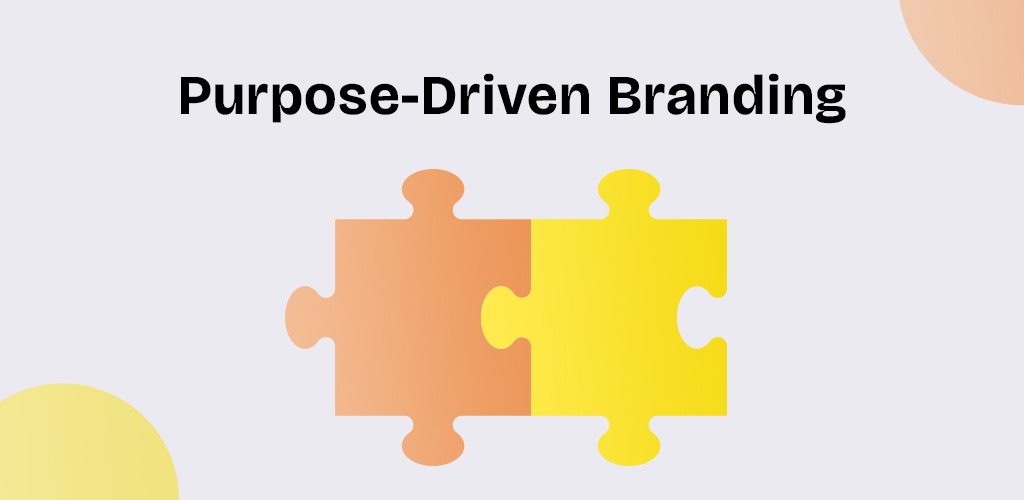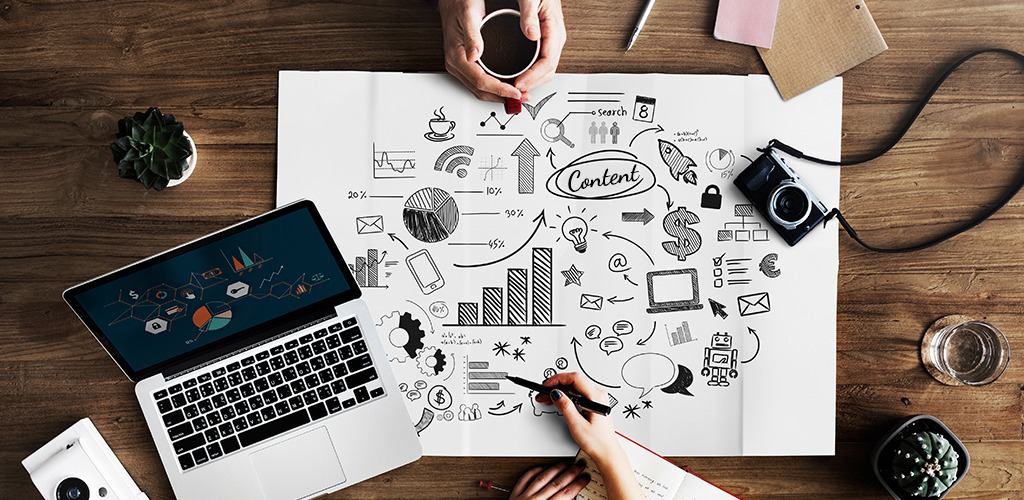As 2024 draws to a close, B2B marketers must anticipate and adapt to transformative industry trends to stay competitive in the evolving landscape. From AI-driven personalisation to navigating Google’s evolving algorithms, 2025 promises a dynamic shift in how brands connect and thrive. This blog explores the top 10 trends poised to reshape B2B marketing—and actionable insights to help your business lead the way.
Trends to Watch Out for in 2025
Here are the top 10 B2B trends for 2025, along with actionable tips to help your business thrive.
Human-Centric Marketing: Personalisation for Impact
Social media content will dominate as B2B brands move from dry, data-centric marketing to a more relatable, human-focused approach. The shift mirrors the B2C trend of connecting emotionally with the audience through storytelling, interactive posts, and user-generated content. Personalisation will ensure the messaging resonates with niche segments, fostering stronger customer relationships.
How to Adapt:
- To adapt to human-based, personalised content, B2B brands should focus on understanding their audience through detailed buyer personas and direct engagement.
- Embrace storytelling to create relatable, emotion-driven content highlighting real people, such as employees or customers.
- Prioritise social media with engaging formats like short videos, behind-the-scenes clips, and user-generated content.
- Collaborate with employees and customers for authentic advocacy and leverage interactive elements like polls or quizzes to boost engagement.
Hyper-Personalised Micro-Content
B2B marketing is evolving toward hyper-personalised micro-content, offering bite-sized, highly targeted content tailored to individual decision-makers. This approach leverages data and AI to deliver precise messages that resonate with specific audience segments. A Forrester analysis states that 82% of global B2B marketing decision-makers agree that buyers expect an experience personalised to their needs and preferences across marketing and sales. Marketers can, therefore, expect an emphasis on short, impactful formats such as carousel posts, LinkedIn polls, or video snippets that deliver value quickly and align with the audience’s immediate needs.
How to Adapt:
- Leverage AI tools to craft hyper-personalised snippets like targeted emails or social posts.
- Focus on dynamic content delivery based on user behaviour, such as product recommendations or custom landing pages.
- Invest in short-form video platforms like TikTok or Instagram Reels for professional micro-content.
Advanced-Data Analytics
Leveraging advanced data analytics to gain insights into customer behaviour and market trends is crucial for B2B success. By analysing large datasets with AI, machine learning, and predictive analytics tools, businesses can uncover patterns, anticipate customer needs, and make data-driven decisions to stay competitive in an evolving market.
How to Adapt:
- Implement predictive analytics to anticipate trends and improve decision-making.
- Create dashboards integrating CRM, social media, and website analytics for a unified data view.
- Train your teams in data literacy to extract actionable insights from complex data.
Executive Personal Branding
Executive personal branding will take centre stage in 2025 as B2B leaders become powerful advocates for their companies. Buyers will increasingly trust individual thought leaders over corporate entities, making executives’ online presence a critical asset. Executives can humanise their brands, attract talent, and build stronger customer relationships through thought leadership, social media engagement, and authentic storytelling.
How to Adapt:
- Encourage executives to share thought leadership through blogs, LinkedIn posts, and speaking engagements.
- Align the executive’s narrative with your brand’s mission and values.
- Professionalise their online presence with high-quality visuals and consistent messaging.
Intent Data for Post-Lead Acquisition
In 2025, leveraging intent data will go beyond lead generation to focus on post-lead acquisition engagement. By analysing intent signals—such as website activity, content consumption, or product usage—companies can identify opportunities for upselling, cross-selling, and strengthening customer relationships. Partnering with sales teams to act on these signals ensures sustained engagement and unlocks growth potential.
How to Adapt:
- Use intent data platforms to score leads and identify high-probability accounts.
- Tailor your follow-up campaigns based on the specific interests or needs inferred from intent data.
- Align sales and marketing teams to act swiftly on insights from intent data.
Video Marketing Domination
Video content is expected to account for 82% of all internet traffic by 2025: This projection is based on Cisco’s Visual Networking Index. With formats like explainer videos, product demos, customer testimonials, and thought leadership pieces, video is uniquely positioned to convey complex ideas effectively and build emotional connections. The rise of short-form videos and live streaming will further amplify this trend.
How to Adapt:
- Invest in explainer videos, product demos, and customer testimonials that address key pain points.
- Optimise your videos for mobile and SEO with captions, descriptive titles, and engaging thumbnails.
- Measure video performance metrics (watch time, engagement rates) to refine your strategy.
Experiential Marketing
Experiential marketing will play a pivotal role in B2B marketing strategies. By creating immersive, interactive experiences, businesses can foster deeper emotional connections, demonstrate value, and leave lasting impressions on potential clients. Whether through virtual reality (VR), augmented reality (AR), live events, or gamified digital experiences, experiential marketing enables companies to showcase their expertise while engaging decision-makers in meaningful ways.
How to Adapt:
- Organise interactive virtual or hybrid events that showcase your products in action.
- Leverage virtual reality (VR) and augmented reality (AR) to create engaging demonstrations.
- Partner with industry influencers to amplify the reach of your experiential campaigns.
Content Experience Platforms (CXP)
Content Experience Platforms (CXPs) will reshape how B2B marketers deliver and manage content. These platforms go beyond traditional content management systems (CMS) by creating personalised, interactive, and engaging content experiences tailored to each buyer’s journey.
How to Adapt:
- Invest in a CXP that integrates with your CRM and marketing automation tools.
- Create content hubs where users can navigate seamlessly based on their needs or interests.
- Use AI-powered tools to dynamically adjust content for individual users in real-time.
Navigating Google’s Shifting SEO Landscape
Google is predicted to undergo significant changes to its search engine user interface (UI), driven by the need to innovate while maintaining ad revenue. The search giant is likely to experiment with new layouts, ad placements, and content presentation formats. This volatility will impact how B2B marketers optimise their search strategies, as fluctuations in rankings and visibility could become more frequent. Ad performance and organic traffic may face disruptions, demanding agility and adaptability from businesses.
How to Adapt:
- Stay informed on SEO updates and optimise content for Google’s E-E-A-T (Experience, Expertise, Authoritativeness, Trustworthiness).
- Diversify your traffic sources by balancing SEO with PPC, email marketing, and social media campaigns.
- Regularly audit and update your existing content to maintain relevance and rankings.
Backlash Against AI
The widespread reliance on AI tools like ChatGPT, Claude, and Gemini for content creation may trigger a backlash. Overuse could lead to concerns about authenticity, originality, and the erosion of human creativity in B2B marketing. Audiences might grow wary of overly automated or formulaic content, favouring human-crafted, authentic messaging instead. This shift will challenge marketers to strike a balance between leveraging AI for efficiency and preserving a genuine, human touch.
How to Adapt:
- Use AI tools to augment human efforts, not replace them—for example, automating routine tasks while reserving strategy and creativity for your team.
- Be transparent about AI’s role in your processes (e.g., AI-assisted customer service).
- Emphasise the human touch in customer interactions, using AI to enhance but not dominate engagements.
Wrapping Up
2025 is poised to introduce a wave of groundbreaking opportunities for B2B organisations. Emerging technologies like AI-powered decision-making, blockchain for seamless transactions, and immersive experiences through AR/VR are set to transform how businesses connect, collaborate, and innovate. Additionally, the convergence of sustainability and technology offers a chance to redefine value creation with eco-conscious solutions that resonate with the next generation of buyers. Companies willing to explore these advancements and embrace untapped avenues such as decentralised marketplaces and predictive analytics will not only adapt to the changing landscape but also uncover new growth paths. The future is brimming with potential—2025 is the year to lead boldly into this transformative era.




